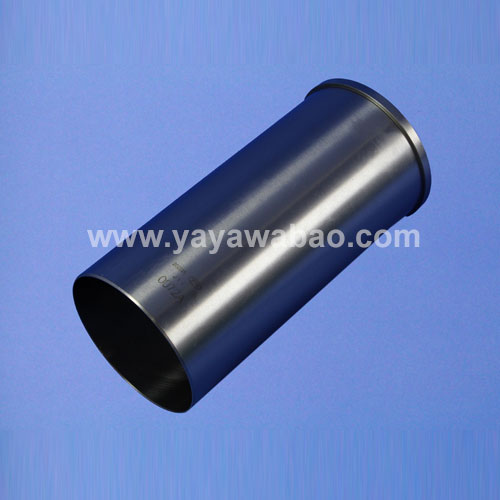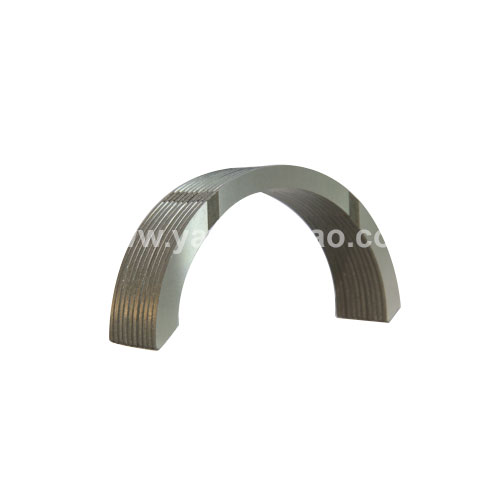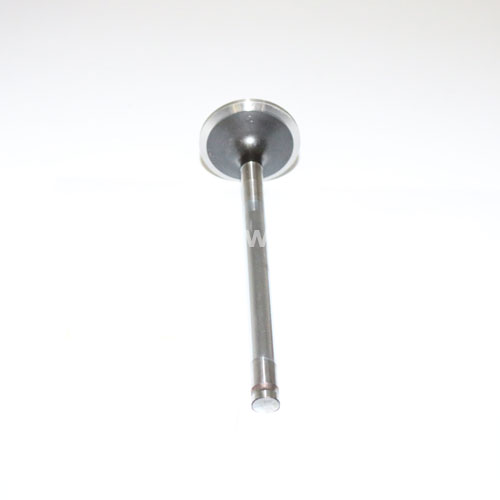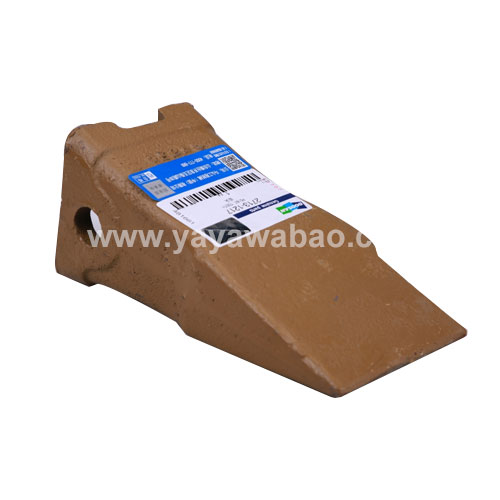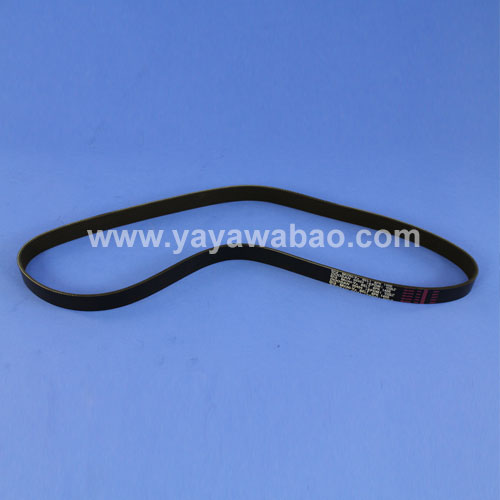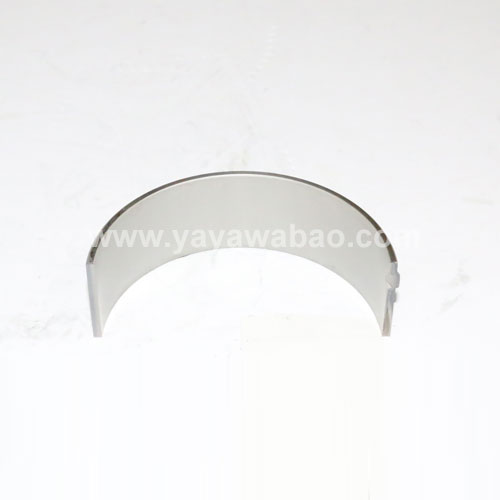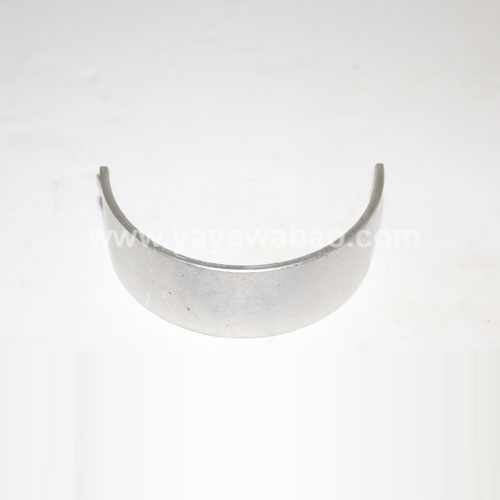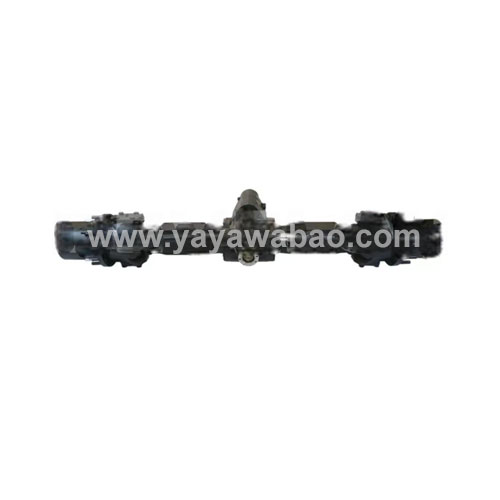
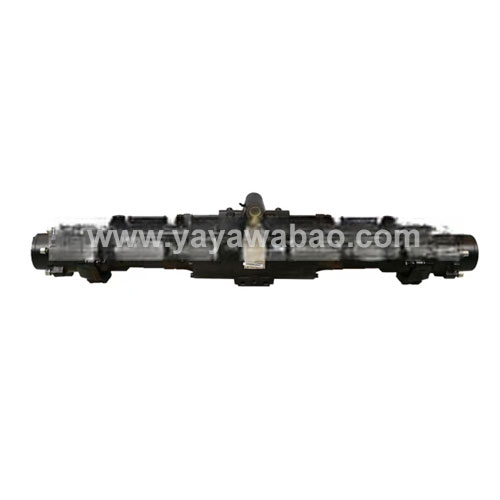








The main functions of the front axle of an excavator are to support, steer, and drive the vehicle.
The design and function of the excavator’s front axle are similar to that of an automobile’s front axle. It not only supports the weight of the excavator but also is responsible for steering and driving. Specifically, the functions of the front axle include:
1. Supporting: The front axle must bear the weight of the excavator, including its own weight as well as the forces generated during operation.
2. Steering: Through the steering mechanism, the front axle can control the steering of the excavator, allowing for flexible movement according to the operator’s commands.
3. Driving: In certain types of excavators, the front axle also has a driving function. It works in conjunction with the rear axle through the drive system, enabling the excavator to move forward, backward, or rotate.
Additionally, the design and performance of the front axle have a direct impact on the excavator’s safety, smoothness, operational stability, NVH (Noise, Vibration, and Harshness), and reliability. Different types of excavators have varying front axle designs. For example, single front axles and dual front axles differ in load capacity and driving efficiency; the former has one front axle, while the latter has two front axles, each with distinct functions and responsibilities. This design allows the excavator to maintain good stability and efficiency under various working conditions.
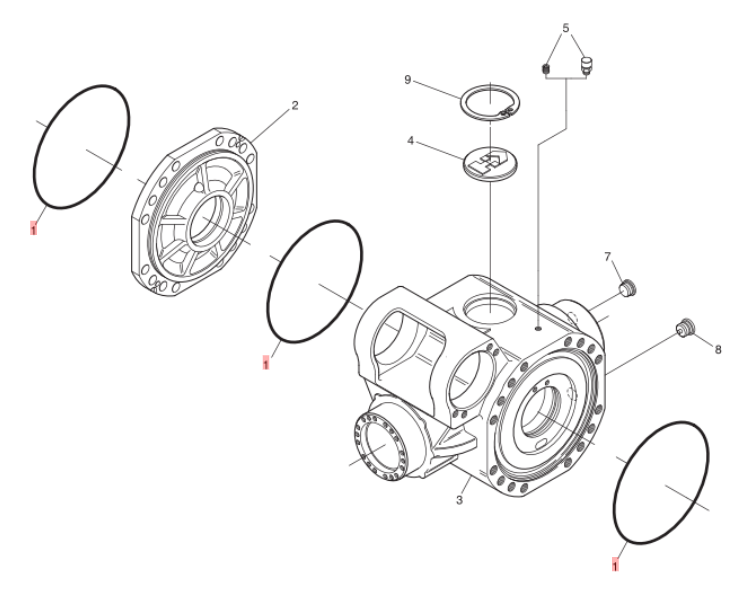
| Product NO. | Applicable models | Weight | Packaging unit |
| 190102-00108 | DX150W-7B
DX150W-9C/DX150W-9CN DX150WE-10/DX150WE-10N DX150WE-9C/DX150WE-9CN |
446 KG | EA |

